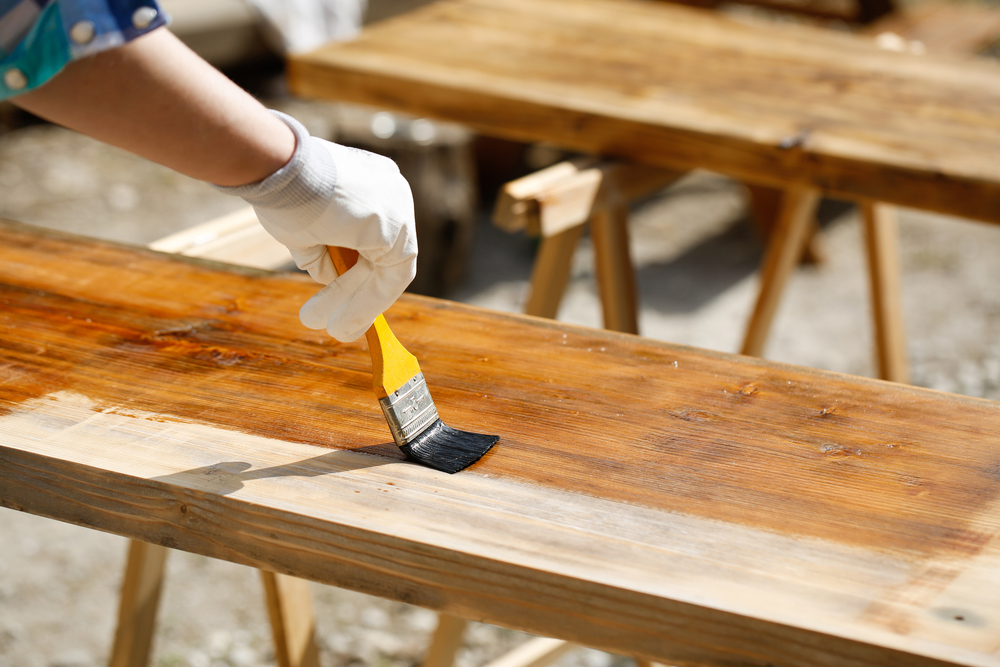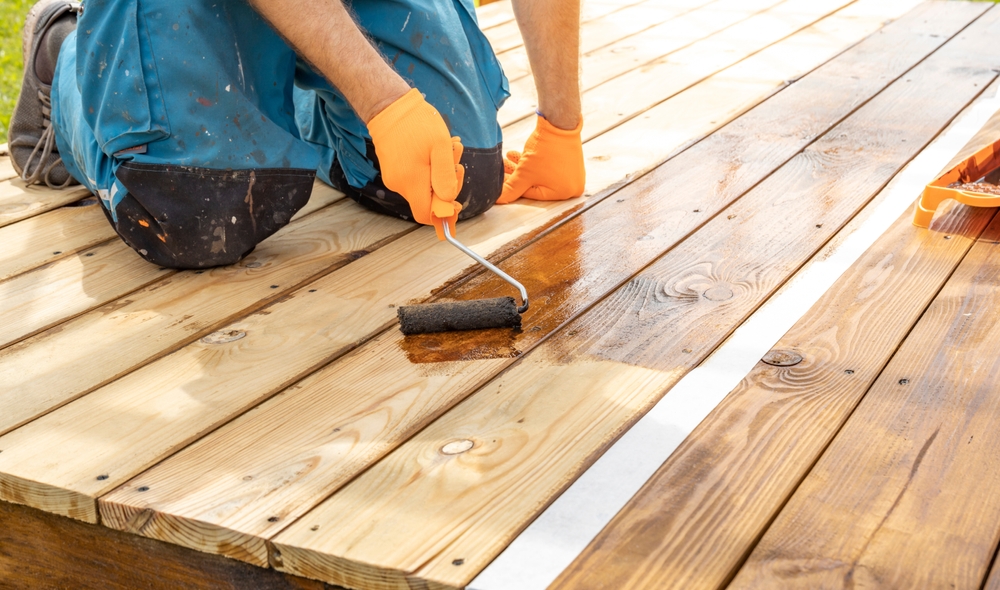Citristrip: A Guide to Stripping Paint Safely and Effectively
Stripping paint can be a daunting task. Whether you’re refurbishing old furniture, restoring trims, or prepping a surface for a fresh coat, it’s important to do it right. Citristrip is a popular paint and varnish remover that offers a relatively safe and effective solution. This guide will delve into what makes Citristrip an ideal choice for DIY enthusiasts and professionals alike.
Understanding Citristrip
Citristrip is known for being a gentler alternative to traditional harsh chemical strippers. Formulated with a citrus scent, it contains less harmful chemicals than many conventional products. The primary ingredient is N-Methyl-2-pyrrolidone (NMP), effectively breaking down layers of paint and varnish. Citristrip’s unique, non-caustic formula allows for indoor use without the need for extensive ventilation.
Comparing Citristrip to Traditional Strippers
Traditional paint strippers often contain methylene chloride, a potent chemical linked to serious health risks. These strippers may work quickly but require significant safety measures such as full-face masks and protective clothing. Citristrip, on the other hand, is biodegradable and safe to use around the house with basic safety precautions. Its effectiveness in breaking down finishes can match those more caustic options without compromising the user’s well-being or causing excessive damage to surfaces.
Applications of Citristrip
Citristrip works on a variety of surfaces. It’s effective on wood, metal, and masonry, allowing for versatility in home improvement projects. It’s capable of stripping away multiple layers of different coatings from latex and oil-based paints to polyurethane and epoxy. When restoring antique furniture or renovating woodwork, Citristrip provides a controlled removal process that preserves the surface beneath. Its thick paste consistency ensures it clings to vertical surfaces, expanding its usability.
Preparing for Paint Stripping
Preparation is crucial when working with paint strippers. Start by gathering necessary tools: Citristrip, a putty knife or scraper, a paintbrush, gloves, protective eyewear, and drop cloths or plastic sheeting to protect surrounding areas. Ensure the workspace is clean, clutter-free, and well-lit. While Citristrip doesn’t emit harmful fumes, maintaining some ventilation is beneficial.
Safety Measures
Even with its reduced toxicity, handling Citristrip requires wearing gloves to avoid skin contact. Protective eyewear prevents accidental splashes to the eyes. Avoid inhalation by using it in areas with good airflow. Always read the label and safety instructions before use.
Application Process
Begin by applying a generous layer of Citristrip to the painted surface. A brush with synthetic bristles works best for spreading the product evenly. Allow adequate time for the stripper to penetrate and loosen the paint. Unlike its chemical counterparts, Citristrip remains active for up to 24 hours, making it practical for larger projects that cannot be rushed. This extended window also assists in tackling thick, multiple layers of old paint or varnish.
Removing the Paint
Once Citristrip has set for the recommended period, the paint should begin to bubble and lift from the substrate. Use a scraper to gently remove the loosened paint. Take care to not gouge the underlying surface, especially if working with soft woods or intricate details. For stubborn areas, reapply Citristrip and wait a bit longer. Clean any remaining residue with a cloth soaked in mineral spirits or soapy water.
Post-Stripping Care
After stripping, the surface may require additional sanding to smooth imperfections before refinishing. Inspect the surface closely once dry. Consider a light sanding with a fine-grit paper to achieve a uniform appearance. Follow this with a thorough wipe-down to remove any dust or chemical traces. The surface is now ready for a new finish, stain, or paint.
Common Issues and Solutions
Although Citristrip is user-friendly, challenges can arise. Patience is vital for stubborn finishes. Thick or particularly resistant layers may need several applications. Another issue can be a slightly oily residue after stripping, which cleaning with mineral spirits can remove. If Citristrip dries too quickly before effectively softening the paint, adjusting the environment humidity or application thickness can help maintain moisture.
Environmental Impact
Citristrip offers an environmentally considerate alternative to traditional paint strippers. Its low-VOC content helps minimize the release of harmful vapors, reducing its carbon footprint. This generally safer choice aligns well with growing concerns about sustainable practices in home renovation and maintenance.
Recycling and Disposal
Proper disposal is important to minimize environmental impact. Used Citristrip should be treated as hazardous waste according to local regulations. Empty containers should be rinsed and recycled if possible. Never pour leftover product down the drain or into the trash, as this can harm local ecosystems. Instead, contact local waste management facilities for guidance on proper disposal.
Alternatives to Citristrip
While Citristrip has many benefits, other options may suit specific needs better. Soy-based strippers offer another eco-friendly choice but may take longer to work. For projects requiring faster turnaround, heavier-duty chemical strippers like those containing benzyl alcohol might be necessary but typically require stronger safety measures. Evaluate the specific requirements and safety preferences for each project when choosing the most appropriate paint remover.






